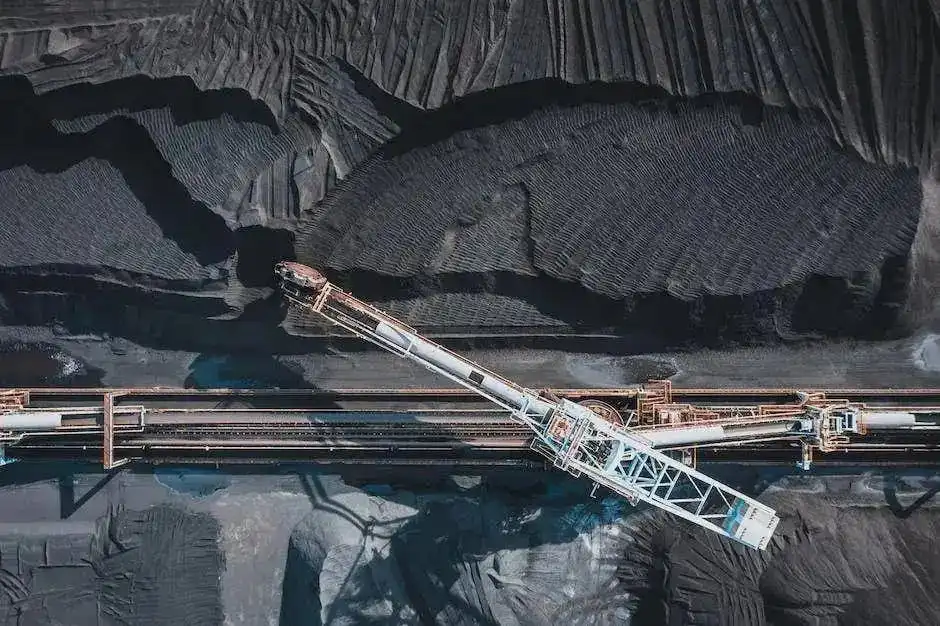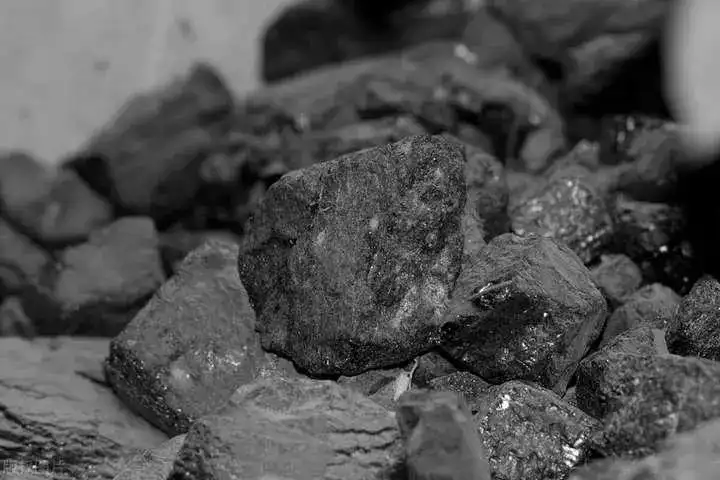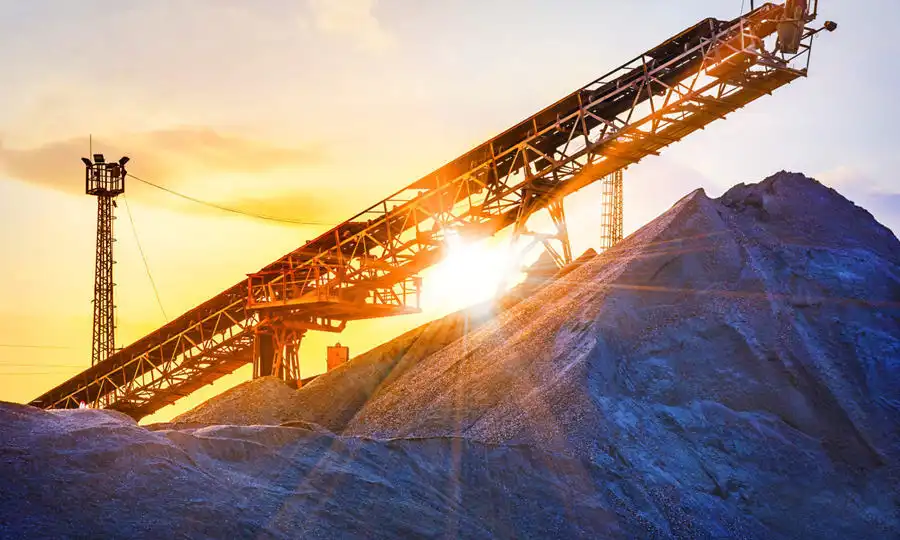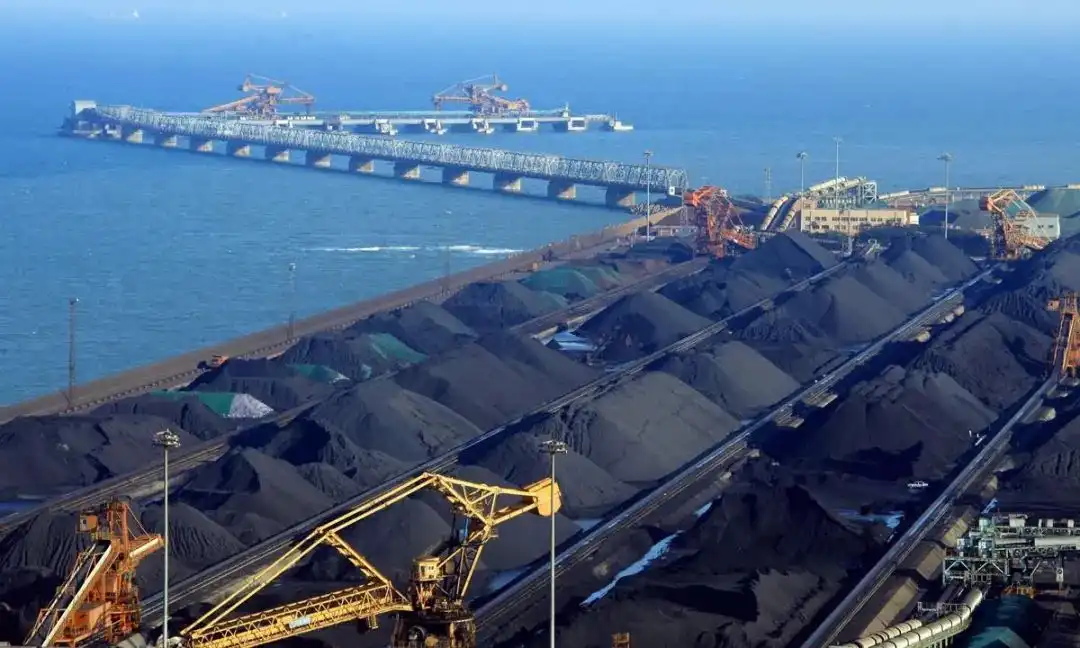Shanxi's resource tax is raised, the coal industry's supply and demand are under double pressure
April and May are the traditional off-season for the coal industry. In April and May this year, the coal industry may face greater challenges. ** On the one hand, Shanxi has raised coal resource taxes, and the cost of some coal companies has increased due to the increase in tax rates; on the other hand, coal terminal prices have fallen due to weak market demand, and coal companies are likely to fall into the dual pressure of "rising costs and falling selling prices". **

Shanxi resource tax increase costs rise slightly
Starting this month, Shanxi Province has increased the coal resource tax, including the coal raw ore tax rate from 8% to 10%, the mineral processing tax rate from 6.5% to 9%, and the applicable coal bed methane tax rate from 1.5% to 2%.
Shanmei International (600546.SH) staff told reporters that after seeing the news of the increase in resource taxes, the new tax rate should be implemented from this month.
Staff from Blue Flame Holdings (000968.SZ), which specializes in coalbed methane, said that the increase in the resource tax collection ratio is not large and is expected to have little impact on the company.
:

:
Previously, Hebei Province also raised the coal resource tax in September 2021. The coal raw ore tax rate was adjusted from 4.5% to 6%, and the mineral processing tax rate was adjusted from 3% to 4%. The proportion of coal resource tax collection in other provinces is also significantly different. For example, Henan's coal resource tax rate on raw coal is 2%, while the coal resource tax rate in Inner Mongolia, a major coal-producing province, is 10% for raw ore and 9% for mineral processing; Shaanxi's coal resource tax rate is set by region. The main coal-producing area, Yulin City, is 10% for raw ore and 9.5% for mineral processing.
According to the "Resource Tax Items and Rates Table" attached to the "Resource Tax Law of the People's Republic of China", the tax items of "coal" and "coal-formed (layer) gas" are subject to range tax rates, of which the tax rate for coal is 2%-10%, and the tax rate for coal-formed (layer) gas is 1%-2%. This time, the coal resource tax rate in Shanxi Province is close to the highest standard.
:

Short-term rebound is difficult to change, medium-term supply and demand are weak
除资源税上调外,Coal companies are also facing the supply and demand challenge of weakening market demand in the second quarter of this year. Coal companies may face dual pressures of cost and supply and demand.
Since March, coal prices have begun to fall continuously. The spot market prices of various types of coking coal have dropped by 300-600 yuan/ton, until the declining side stabilized and rebounded this week.
Last week, the main contract of coking coal futures JM2409 rose from 1498 yuan/ton to 1714 yuan/ton, and the spot market auction situation also improved significantly. According to Mysteel data, the coking coal auction situation improved significantly after April 9, from the beginning of this month. The auction ratio of more than 40% dropped to 4.1% on April 9. Spot import prices of coking coal and port spot prices also rebounded, and the prices of some coal types rose, with an increase of more than 30-100 yuan/ton.
Although the bulk price of coking coal rebounded sharply at the beginning of this month, which helped boost confidence in the industry, it is difficult to conceal the increasingly acute contradiction between supply and demand in the market.
A coal trader in Shanxi told reporters that confidence in the coal market has improved in recent days, mainly due to insufficient inventory of raw materials in coke companies. The profits of steel companies have rebounded under current coal prices. Downstream has begun to pull shipments. At the same time, coal prices have rebounded sharply. In the past three days, prices have risen back to mid-March, and expectations for the ninth round of price reductions have been significantly reduced.

Most industry insiders believe that the current market rebound is still a short-term behavior. In the medium term, market prices may remain low in the second quarter. **
Xu Wei told reporters that the current price rebound is mainly a price rebound that dropped too quickly in the early period. Moreover, judging by coal types, some coal types have increased in price, but there are many that have not increased. It can also be seen that this price rebound is not a real market rebound. The weakness of terminal supply and demand has not changed much, and the market may still remain low in April and May.
Compared with the coking coal market, thermal coal prices rebounded even less. Zhao Yang, founder of Coal Carbon Jianghu, told the Financial News Agency that the CCI index rose by two or three yuan last week. April is already the off-season for the coal industry, and it is also the low point of coal prices over the years. On the one hand, the overall market environment this year is weak. At the same time, from the perspective of seasonal supply and demand, coal production in Shanxi may rebound after May due to the upcoming supply of hydropower. Although coal prices have increased slightly in recent days, fundamental support is insufficient., the rebound may be difficult to continue, and may weaken again next week.
_
